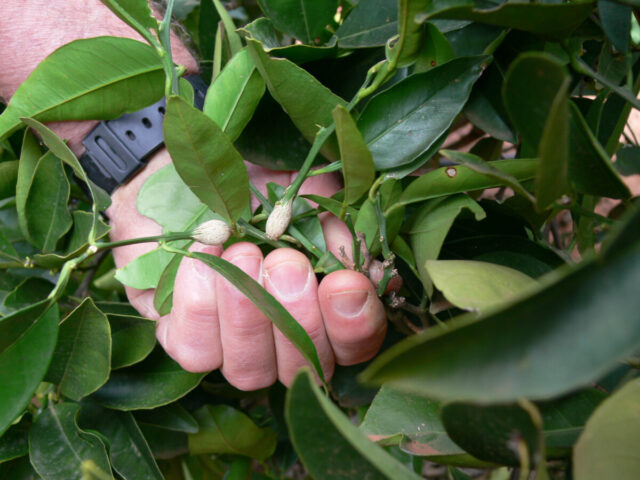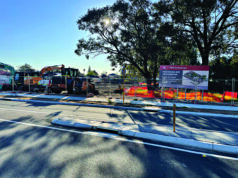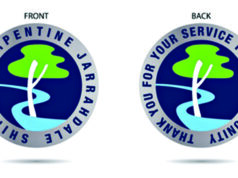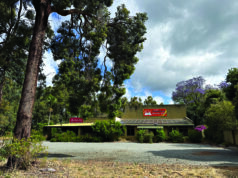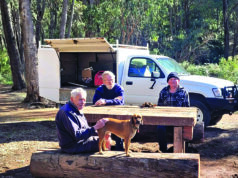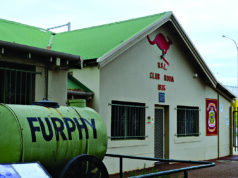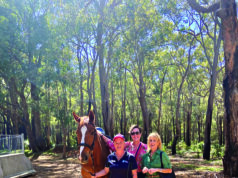Southern River residents are among a growing number of Perth gardeners sounding the alarm over citrus gall wasp, a pest that’s quietly damaging lemon and orange trees in backyards across the City of Gosnells.
One local said they had already pruned several infested branches from their tree, urging others to act before the wasps emerge in spring.
“It’s really just a matter of paying close attention to your plants and understanding what galls look like,” another person commented.
Citrus gall wasp creates hard lumps along branches that block water and nutrients, weakening the tree and reducing fruit size.
It spreads easily from one garden to the next, carried by wind or the movement of infested potted plants and pruning waste.
The pest has been found in many Perth suburbs and recently turned up in Willetton, where resident Val Gilbert returned from a 10-week trip to find her citrus tree in trouble.
“The tree had dropped some fruit and the swelling in the branches was obvious,” she said.
Val had to remove 20 percent of her lemon trees and lost about 30 lemons.
“We also found gall wasp on an orange tree we planted before we left.”
She had to search online to understand what was happening.
“Once we knew what it was, it was easy to find information. But I don’t think enough people are aware. Everyone with infected trees need to act quickly to break the cycle.”
She called for stronger messaging and better support.
“If we’ve lost this much already, imagine the impacts it could have on orchards. That would affect fruit prices and availability.”
The Department of Primary Industries and Regional Development (DPIRD) confirmed citrus gall wasp is now well established in Perth’s suburbs.
“It should be managed like other common pests such as Mediterranean fruit fly, aphids and scales,” a spokesperson said.
The wasps lay eggs from September to December, and galls become visible from February onwards. “The best time to prune new galls is from February through to June,” DPIRD said.

From July onward, galls must be treated before disposal to stop the larvae from surviving. DPIRD recommends sealing pruned branches in a plastic bag and leaving it in the sun for four weeks, or shredding or mulching the waste.
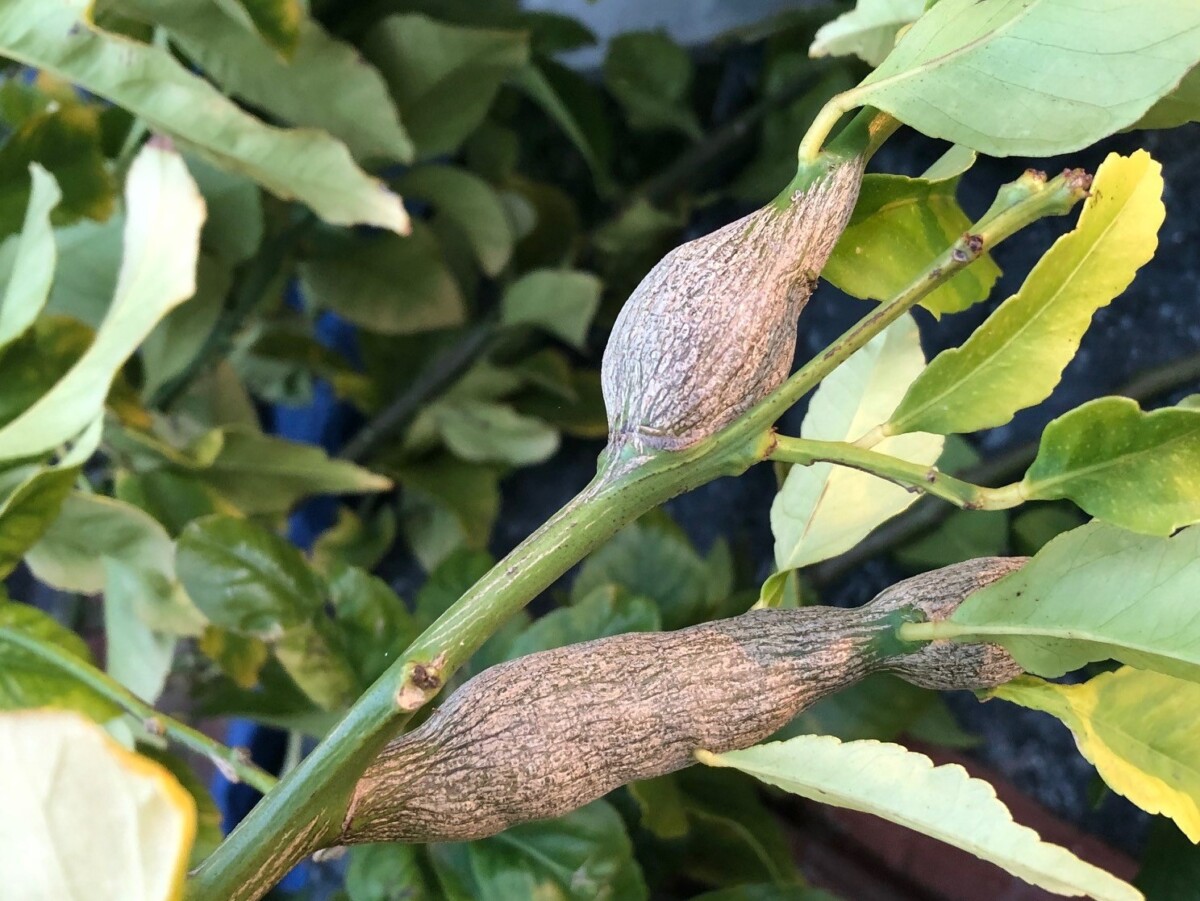
DPIRD advised gardeners to check their trees regularly and visit their website for help in identifying and controlling the pest.
The City of Gosnells encouraged residents to refer to DPIRD for up-to-date advice. “The City encourages all residents with concerns about citrus gall wasp and other known pests to contact DPIRD directly,” Chief Executive Officer Ian Cowie said.
WA Citrus, the state’s peak industry body, said the pest was not yet found in commercial orchards in WA, but backyard infestation could put them at risk.
“Citrus gall wasp is a major concern in the eastern states – and it’s getting closer to commercial areas in WA,” a spokesperson said.
WA Citrus warned that if it reaches WA’s citrus growing regions, growers could face higher costs, weaker trees, and reduced fruits yields.
The group has launched a public awareness campaigns with flyers, social media posts, and community events.
“We recommend removing galls as early as possible, and working with neighbours to keep numbers low,” the spokesperson said.
“Don’t move infested plants, and use kaolinite sprays in spring to stop egg-laying.”
The City of Canning, where Val Gilbert lives, said they had not received any formal reports.
“The City is not currently undertaking any specific programs or awareness campaigns related to this pest,” City of Canning Mayor Patrick Hall said, but encouraged residents to follow DPIRD guidance.
For Val, early action made all the difference.
“It’s not hard to spot once you know what to look for,” she said. “The earlier you act, the better.”


